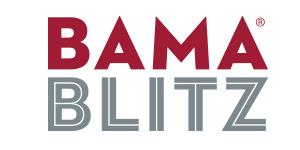To better address the need for more primary care physicians in Alabama and the region, UA’s College of Community Health Sciences is implementing a new and innovative medical student curriculum in its role as the Tuscaloosa Regional Campus and Primary Care Track of the UA School of Medicine. This approach, called the Tuscaloosa Longitudinal Community Curriculum (TLC2), has been developed over the last several years to provide students with a strong clinical foundation rooted in the primary care community environment. It uses longitudinal and integrated clinical experiences and continuity in which students care for a panel of patients over the course of a full year, work longitudinally with the faculty clinicians, and participate in a special curriculum on population health and community leadership.
TLC2 is different from the usual model of clinical education for medical students. Traditionally, students complete a series of discipline specific, hospital-based clerkships where students typically experience single episodes of acute and severe illness, rarely seeing the same patient twice and failing to understand the context of illness and the opportunity for prevention and maintenance of health, or come to appreciate the settings of community, family, and resources from which their patients live.
With TLC2, students work alongside the same faculty members during many months, including a family physician for the full year, caring for patients longitudinally, with patient-centered needs that drive student learning often across multiple disciplines of medicine simultaneously. They learn in and from a variety of settings – the doctor’s office, a nursing home, the patient’s home, community agencies, and the hospital. This primary care-oriented training is also an excellent experience for students who envision a community-based career in a variety of non-primary care specialties like OB/GYN or general surgery. Our goal is $2,500 to support the implementation of this program.

